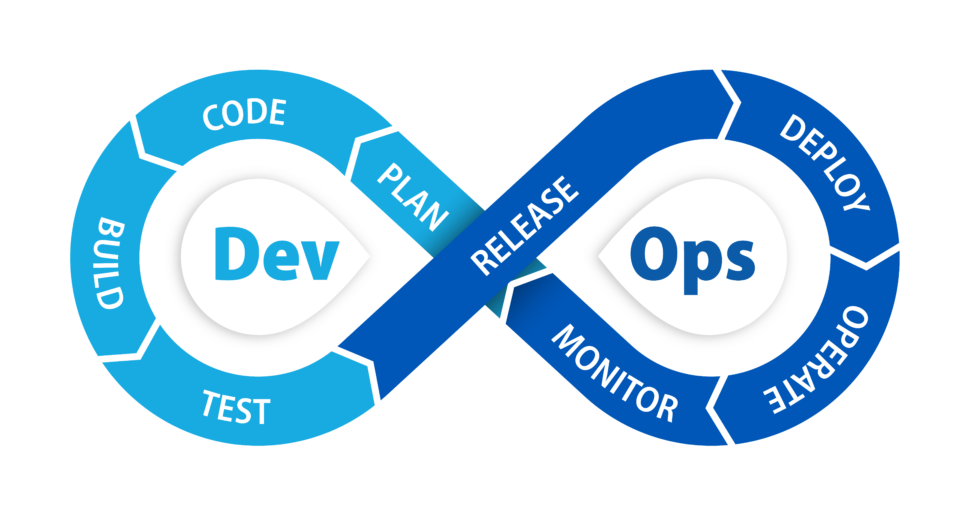A pipeline used in the Software Development Life Cycle (SDLC), which automates the build, test, and the release workflow without impacting the changes made at each of those stages of development done in parallel is called the CI/CD pipeline. In a nutshell, it is a process of improving SDLC through automation. As per 2020 State of software delivery report from circleAI, in just under 11 minutes, 75% of the automated workflows were executed. Let’s take a quick glimpse at what CI and CD mean and how every organization can leverage the CI/CD pipeline to release bug free code at a high velocity thereby increasing the frequency of the release cycles to get immediate feedback on the releases from their end users

What is continuous integration?
Continuous integration is a development practice followed by DevOps teams to integrate their codes in the shared repository multiple times in a day using source code management tools such as Git. The code is verified by automated tests and builds to minimize errors as the bugs can be detected and managed at the early stages of software development
What is continuous delivery/deployment?
Continuous delivery automates the entire delivery process where the build can be deployed in the production once all the automated test cases are cleared. It also facilitates infrastructure provisioning and development. The whole process of automating the integration and configuration of the code results in faster shipment of features and bug fixes.
Popular frameworks that support a CI/CD pipeline :
- Jenkins
- GitHub/GitLab
- Bamboo
- CircleAI
Benefits of a CI/CD pipeline :
- Accelerated time to the market : As the bugs are recognized and fixed earlier, the DevOps team can ship the bug-free code faster
- High ROI : Faster shipping creates an edge over the competition and also helps in gaining quick feedback from the customer, thereby increasing the return on investment.
- Reduced time and cost : With automated tests and build sequence, manual efforts are reduced, which in turn, contributes to savings in terms of time and cost.
- Supreme build quality : As most of the processes are automated, other testing activities can be conducted in parallel to ensure high quality build.
- Effective bug management : With early detection of defects and bugs, the time to resolve the bugs can be reduced.
- Immediate feedback : With quicker release cycles, the product team can study the releases and get immediate feedback from the end users to enhance the product functionality.
Stay tuned to learn more about how AstroFarm can support a CI/CD pipeline through the integration of popular frameworks. To learn more about AstroFarm and how it can be helpful to your organizational testing needs, please schedule a demo with us.

